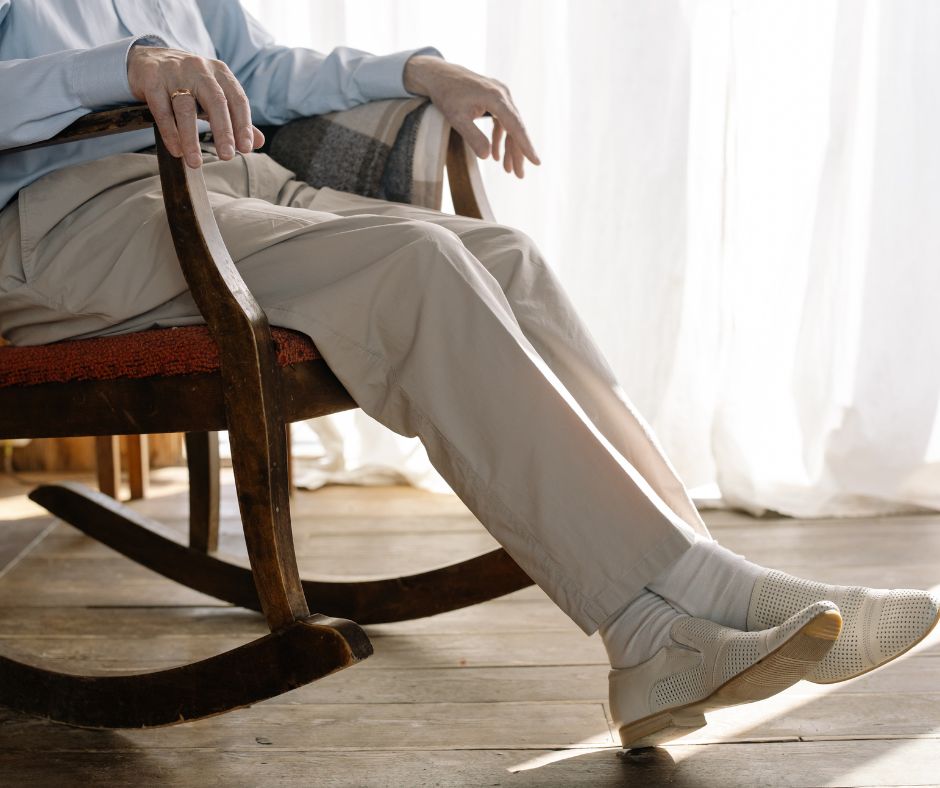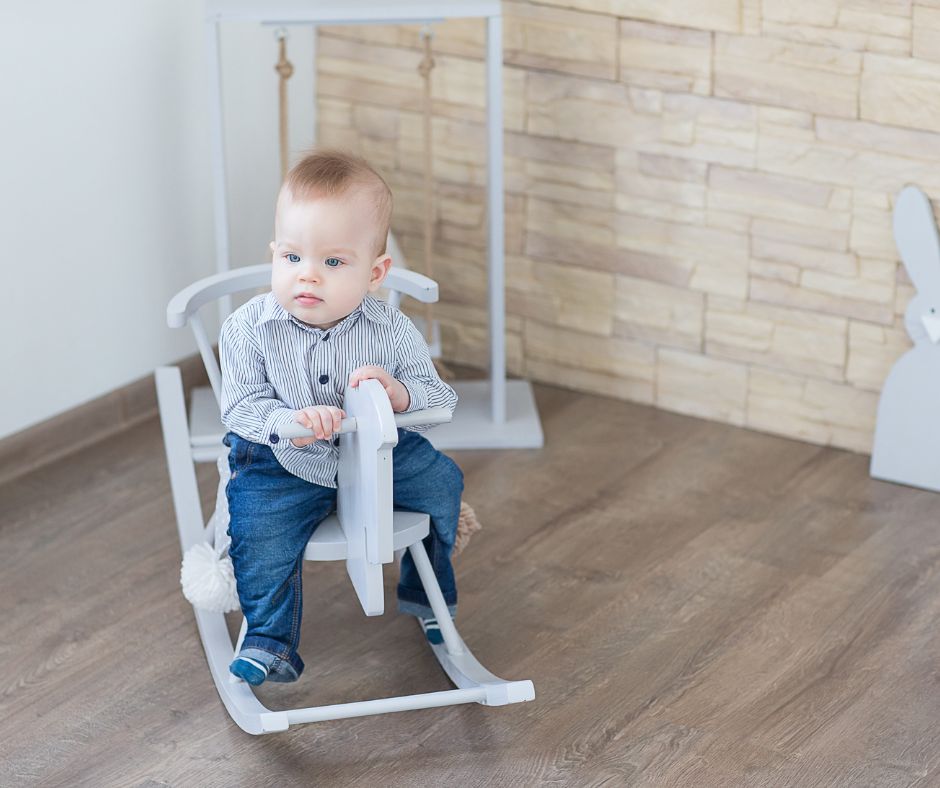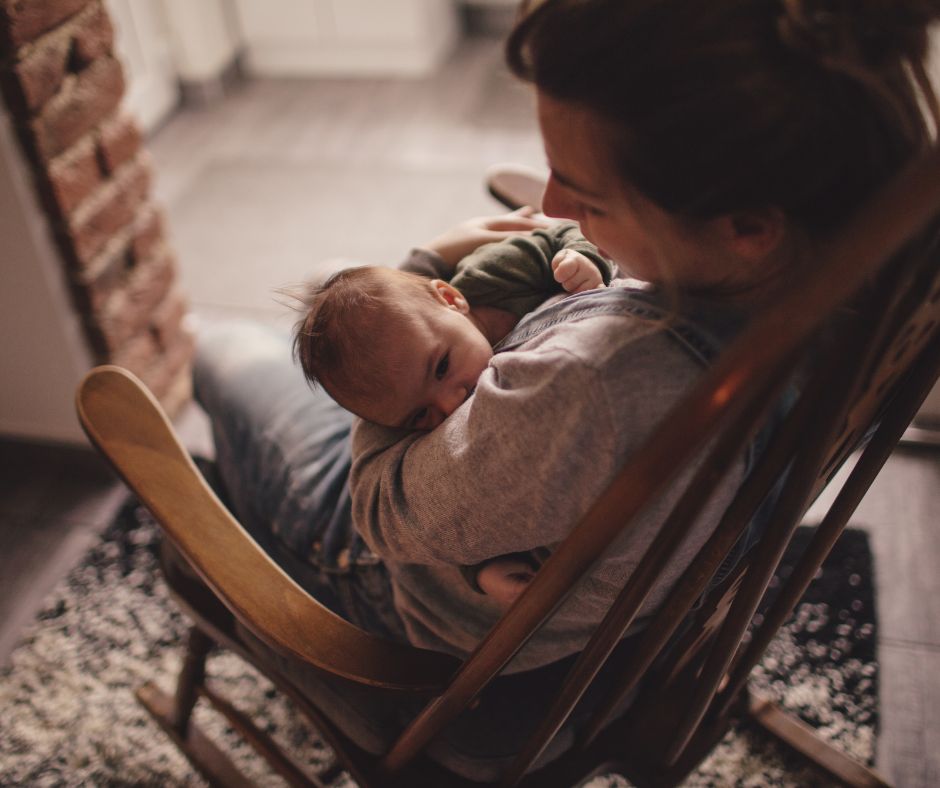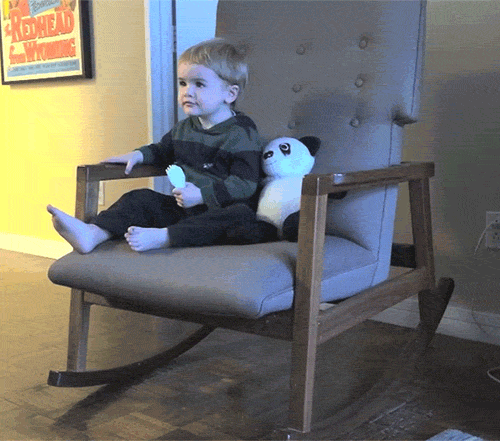Rocking Chair Good Or Bad
If you’ve ever asked yourself, “rocking chair good or bad?” while slowly sinking into your grandma’s creaky wooden throne, you’re not alone.
In fact, that rocking rhythm might have more pros and cons than your last relationship. Some say it soothes your soul; others say it’s a backache in disguise. So, is the rocking chair a cozy slice of heaven or a spine-twisting trap disguised in vintage charm?
Let’s rock and find out.
Rocking Chair Good or Bad?
Let’s settle this upfront: rocking chairs are generally good – for your mind, body, and even your sleep schedule — but only when used correctly. The motion stimulates the inner ear, promotes circulation, relieves pressure on the spine, and supports gentle movement.
But there’s a catch: bad posture, poor design, or excessive rocking can tip the balance toward discomfort or even injury.
In short, whether a rocking chair is good or bad depends on who is using it, why they’re using it, and what kind they’re sitting in.
Are Rocking Chairs Good for Your Back — or the Enemy of Posture?

If your back could talk, it’d probably say, “Give me lumbar support or give me silence.” Good rocking chairs offer just that — natural spinal alignment and dynamic sitting, which helps reduce lower back pressure.
✅ Pros:
- Promotes spinal flexibility and blood flow.
- Reduces stiffness from long hours of sitting.
- Encourages micro-movement to avoid pressure buildup.
🚫 Cons:
- If your rocking chair lacks ergonomic support, especially in the lower back, it can aggravate issues like sciatica or herniated discs.
- Slouching or leaning forward (looking at you, phone scrollers) cancels out the benefits.
🧠 Pro Tip: Always look for a curved backrest that supports your lumbar area and cushioned seats that don’t turn your hips into a pressure point war zone.
Are Rocking Chairs Good for Anxiety, ADHD, or Mental Health?
Rocking isn’t just for babies and retirees watching sunsets — it’s a legitimate self-soothing strategy backed by neuroscience.
Studies in occupational therapy and mental health care have shown that gentle rocking:
- Reduces cortisol levels (your body’s stress hormone),
- Promotes endorphin release (hello, happy brain chemicals),
- And stimulates the vestibular system, which regulates balance and sensory input.
For people with ADHD, anxiety, or autism spectrum disorders, this rhythmic motion creates a calming effect — similar to the way white noise helps people sleep.
Are Rocking Chairs Safe for Pregnant Women?
Absolutely, and they’re often a blessing in the third trimester. The gentle rocking movement relieves:
- Lower back pressure,
- Hip tension,
- And emotional fatigue.
The American Pregnancy Association notes that regular rocking can help reduce stress hormones and even ease labor anxiety.
Just make sure the chair is stable, has strong arms for support when getting up (pregnancy is a full-body workout), and avoids steep tilts.
Rocking Chairs and Babies: A Match Made in Nap Heaven?

Yes, yes, and triple yes — but with caveats.
Rocking chairs can:
- Soothe fussy infants via vestibular calming,
- Help develop balance in babies (early brain development),
- And provide a serene bonding environment for both baby and parent.
However, never let a baby sleep unattended in a rocking chair. Pediatricians warn that babies can slump forward, restricting airflow. For sleep, cribs always win.
And if you’re shopping for a nursery setup, consider gliders as well — they offer smoother, quieter motion and often come with locking mechanisms for extra safety.
Are Rocking Chairs Good or Bad for Seniors?
Rocking chairs were practically invented for grandparents — and not just because they look picturesque on porches.
The Benefits for Seniors:
- Improves blood circulation in the legs.
- Encourages low-impact physical activity.
- Alleviates joint stiffness and arthritis pain.
- Even stimulates memory recall (yes, that’s real: rocking chair therapy is used in dementia care).
But be cautious — if a senior has balance issues or weakened muscles, an unstable or low-seated chair could increase the risk of falls. Always go for wide bases, armrests, and non-slip pads.
When Rocking Chairs Might Be a Bad Choice
Not every rocking experience is blissful. Here’s when the chair might turn on you:
- No lumbar support = back pain and stiffness.
- Overuse = hip or joint discomfort.
- Unstable design = fall risks, especially for seniors and toddlers.
- Too big or small = poor ergonomics for your body size.
A rocking chair isn’t one-size-fits-all. If your knees end up higher than your hips, or your feet dangle like you’re a toddler at a grown-up table, it’s not the right fit.
What Makes a Rocking Chair “Good” or “Bad”?
Here’s what to look for when investing in one:
- ✅ Curved base that allows smooth motion.
- ✅ Contoured seat and back for ergonomic support.
- ✅ Armrests at the right height for your body.
- ✅ Durable materials (wood, steel, high-density foam).
Avoid chairs that creak louder than a haunted house or that are built like flat dining chairs pretending to be relaxing.
Physical vs. Psychological Benefits of Rocking Motion
Physically, rocking chairs:
- Increase circulation.
- Activate muscles subtly (especially the core and legs).
- Improve spinal mobility.
Psychologically, they:
- Decrease cortisol.
- Stimulate alpha brain waves (calm, meditative states).
- Help with focus and attention — especially in people with sensory needs.
TL;DR? Rocking keeps you engaged physically while calming your nervous system. It’s like yoga, but you’re sitting down and don’t have to wear stretchy pants.
Rocking Chair vs Glider: Which One Rocks (Literally)?
Rocking Chair:
- Moves on curved legs.
- More traditional aesthetic.
- Tends to creak with age.
Glider:
- Moves in a straight glide, not an arc.
- Smoother, quieter motion.
- Better for modern nurseries and small spaces.
Pick a rocking chair if you’re into rustic charm and porch-time nostalgia. Choose a glider if you value silence, subtle motion, and compact space.
Can Rocking Chairs Help You Sleep Better?
Yes — the motion boosts melatonin production and helps synchronize circadian rhythms. A study from the University of Geneva found that adults napping in a gently rocking bed experienced deeper, longer sleep than those on static beds. The same concept applies to rocking chairs.
Use it in your evening wind-down routine — just don’t snooze with a drink in hand unless you enjoy waking up sticky and confused.
Rocking Chair Good or Bad for Adults?

For adults, a rocking chair isn’t just a piece of nostalgic furniture that lives on porches and in Cracker Barrels. It’s basically the Swiss army knife of seating – when it’s designed right.
Good for:
- Stress relief (more on that in a moment),
- Lower back support (if ergonomically made),
- And sneakily burning calories while sitting. Yup – rocking subtly engages your core and legs.
Bad for:
- Adults with balance or coordination issues who might go from “rocking gently” to “tipping into next week.”
- Poorly designed rockers (like flat-seated ones or those missing lumbar support) which can actually worsen posture if you sit too long.
So, is a rocking chair good or bad for adults? Verdict: Good, unless you’ve borrowed one from a haunted Victorian house or it creaks like a thriller movie soundtrack. Choose one that fits your body size, supports your lower back, and doesn’t make you feel like you’re doing squats when trying to stand up.
Rocking Chair Benefits for the Brain
Rocking chairs aren’t just for your spine – they’ve got serious street cred in neuroscience circles too. When you rock rhythmically, you activate your vestibular system, which is like your brain’s internal GPS and mood regulator.
Here’s what that gentle swaying motion can do upstairs:
- Reduces stress and anxiety by lowering cortisol (the “I’m stressed and need 3 cups of coffee” hormone).
- Boosts endorphins, aka brain cupcakes.
- Improves concentration and memory, especially in adults with ADHD or sensory processing challenges.
- Encourages alpha brainwaves, which are linked to relaxation and creative thinking. In other words, your brain’s way of slipping into its comfy pants.
So yes, your rocking chair is basically brain yoga—without the need for leggings or a scented candle.
Rocking Chair Therapy: What Is It and Does It Work?

Yes, rocking chair therapy is real and not just in a “grandpa falls asleep on the porch” kind of way.
This approach is especially used in:
- Elder care and dementia treatment,
- Postpartum recovery,
- Mental health therapy, particularly for anxiety and PTSD.
How does it help?
- Promotes calmness by stimulating the vestibular system.
- Creates a grounding, repetitive motion that improves focus and emotional regulation.
- Offers comfort and stability, particularly for seniors dealing with memory loss or agitation.
In fact, several nursing homes and veteran’s hospitals use rocking chairs to reduce the need for sedatives. Rocking creates a “safe” sensory experience, which helps patients with dementia or trauma feel more in control.
So yes—rocking chair therapy is the real deal. It’s like a cozy, swaying hug for the nervous system. And unlike other therapies, it doesn’t come with a side effect list that sounds like a horror movie trailer.
Rocking Chair Superstition
Yes, welcome to the twilight zone of furniture folklore.
There’s a superstition that says: If a rocking chair rocks by itself, it’s bad luck or a ghost trying to sit down. Harmless in daylight. Terrifying at 2 a.m. in a dark hallway.
Other rocking chair superstitions include:
- Leaving an empty rocking chair rocking is said to invite spirits into your home.
- Rocking an empty chair is believed in some cultures to tempt death, because you’re “inviting someone not present.”
The logical explanation? Wind. Uneven flooring. Or that one person in the house who loves pranks. But hey, if your chair starts rocking by itself, and you hear whispering? Maybe let it rock in peace.
The Bottom Line on Rocking Chair Good or Bad?
Let’s bring it home: the answer to “rocking chair good or bad” lies in how you use it, how it’s built, and whether it suits your body and needs.
Used properly, a rocking chair is:
✅ Good for your spine
✅ Great for mental health
✅ Fantastic for bonding with babies
✅ Therapeutic for seniors
✅ And possibly the comfiest place you’ll fall asleep without even meaning to.
Just don’t use a bad chair and expect good results. Rock responsibly, people.


